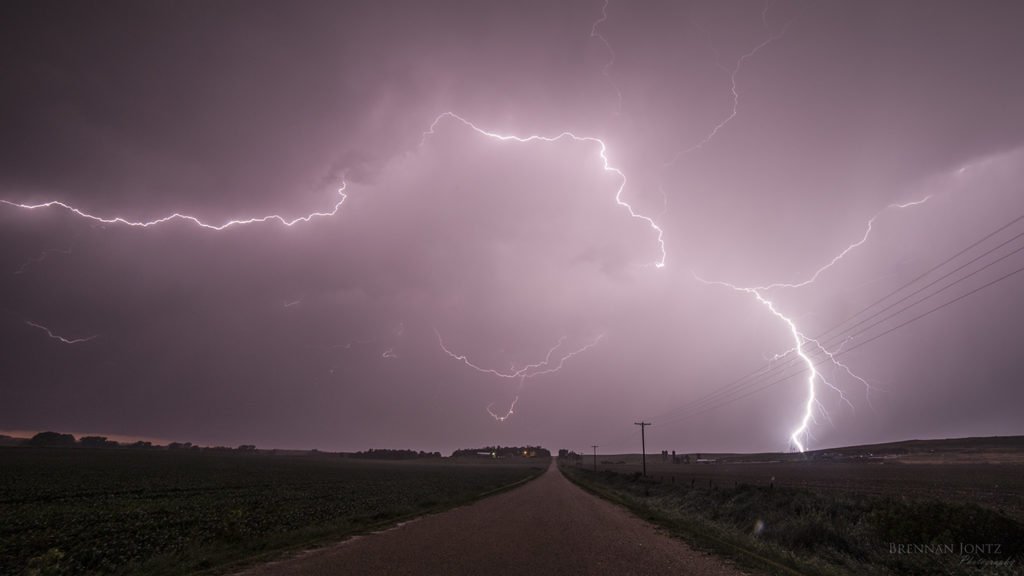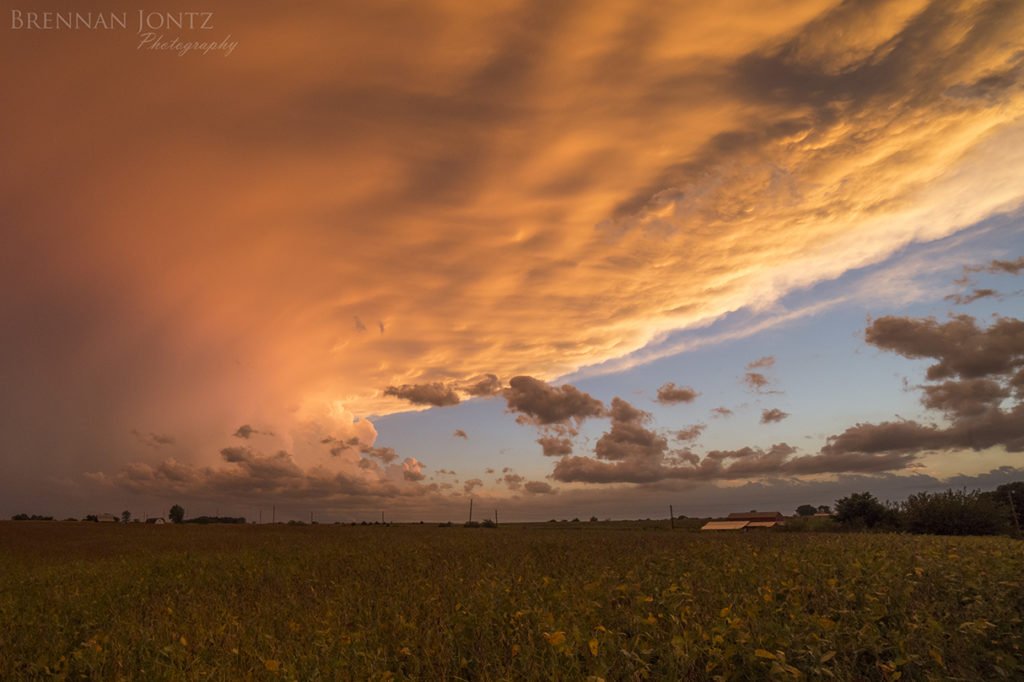7 Pieces of Gear Essential for Storm Photography
It’s that time of the year again, where we look forward to all of the new and improved gear we will use in our storm chasing gear setup. Let’s take a look a look at 7 pieces of gear essential for storm photography and how they will benefit you in your photography. Check out the links in each section for some gear ideas.
#1 – DSLR Camera
Let’s start with the most obvious, a DSLR camera will be the basis of your photography setup. While there are a lot of options available it’s important to do your research in finding a camera that best suits your needs. DSLR cameras have two separate sensor sizes, crop sensors (good beginner/more affordable) and full-frame sensors (Better image quality, more costly). For a hobbyist not shooting professionally, I would suggest a crop sensor but if you’re shooting images you plan on blowing up on big prints I would suggest looking into full-frame.
# 2 – Wide Angle Lens
The keyword here is WIDE, when shooting storm photos it’s essential to have a wide-angle lens to capture the entirety of the structure of the storm. Make sure the lens fits your cameras make when purchasing. Keep an eye out for lenses with a lower f-stop, the lower the f-stop the more light that will be let into your camera, for example, an f/2.8 lens is faster and will let more light in than an f/3.5 lens.

#3 – Sturdy Tripod
Don’t be afraid to spend a decent amount of money on a tripod as its what protects your camera from a costly fall. Doing storm photography can also include being in conditions that are less than ideal and if your tripod moves it could affect how your images turn out.
#4 – Camera Bag/ Backpack
Find a camera bag/ backpack that best suits your needs, gear, and will be comfortable for you to carry while out in the field.
# 5 – Shutter Release Cable
Touching your camera while on a tripod may cause vibrations and may affect your image quality. It’s important to carry a shutter release cable to prevent yourself from accidentally bumping your camera while on a tripod.

# 6 – Extra Memory Cards
The worst feeling while being out shooting is finding out your memory card is full and having to go through your photos manually to make room. Prepare ahead by carrying extra memory cards.
# 7 – Waterproof Camera Cover
Last but definitely not least, a waterproof camera cover such as will ensure your camera is safe from the elements. Some DSLRs are built weather sealed which helps with water resistance but it’s never a bad idea to have another layer of protection.